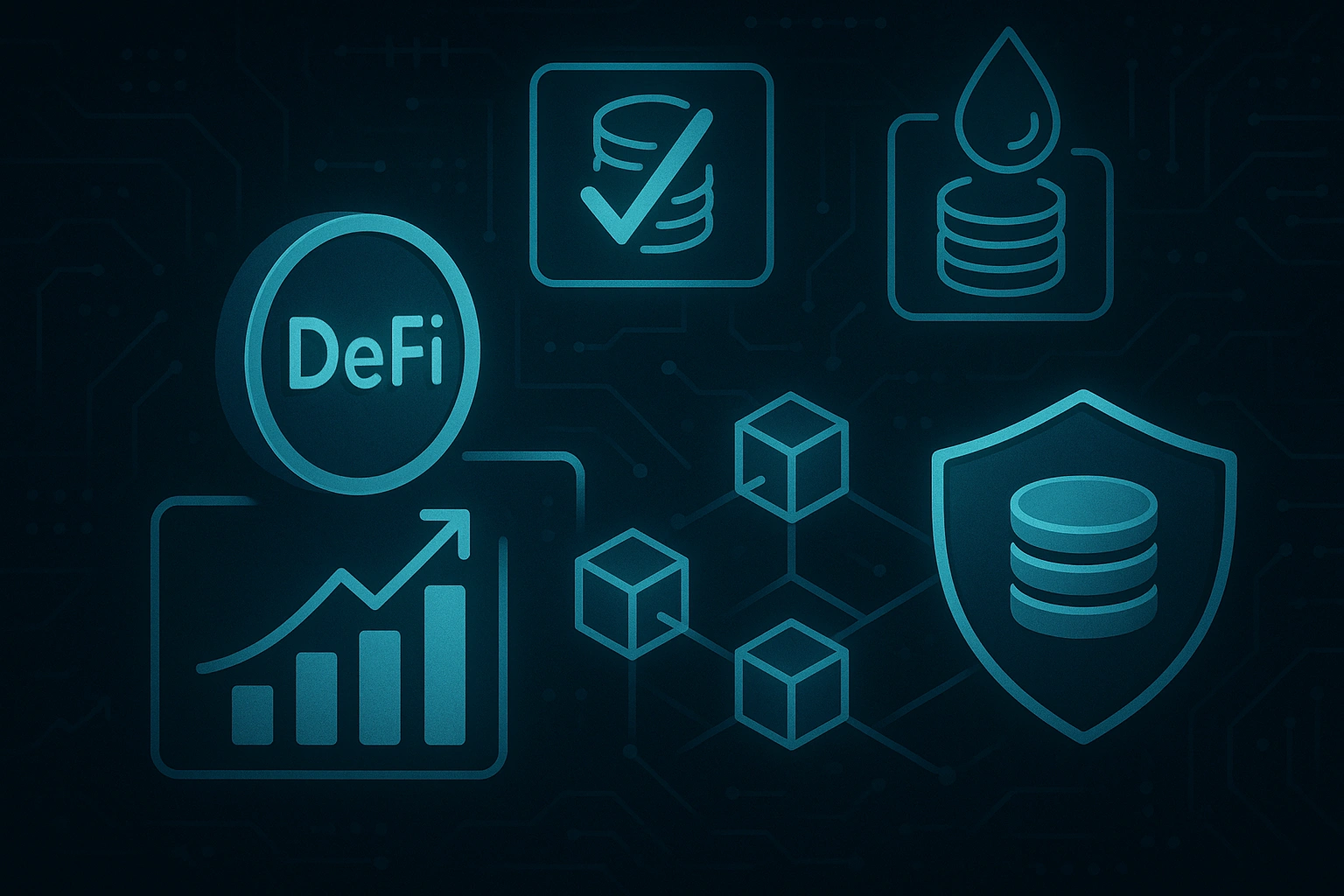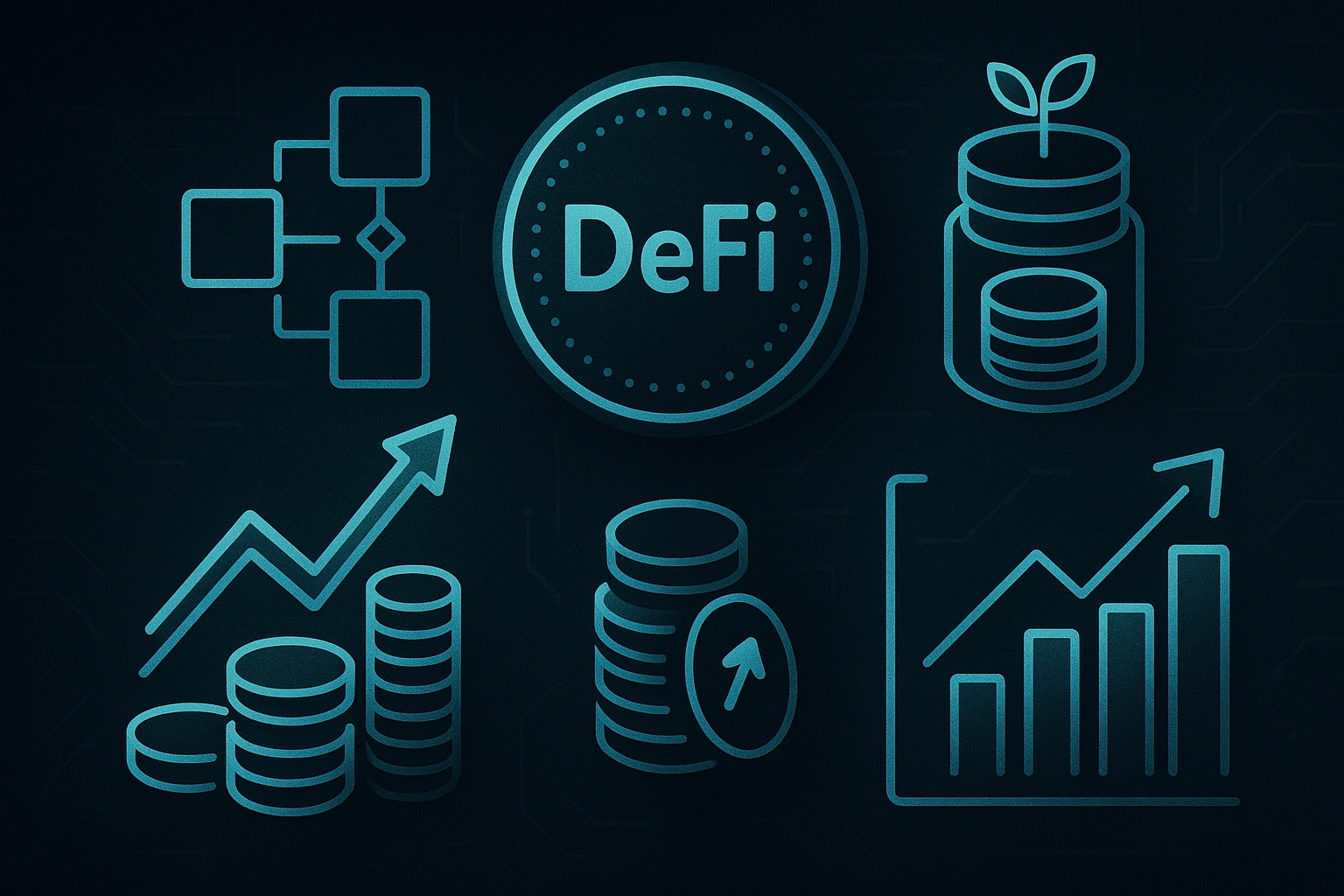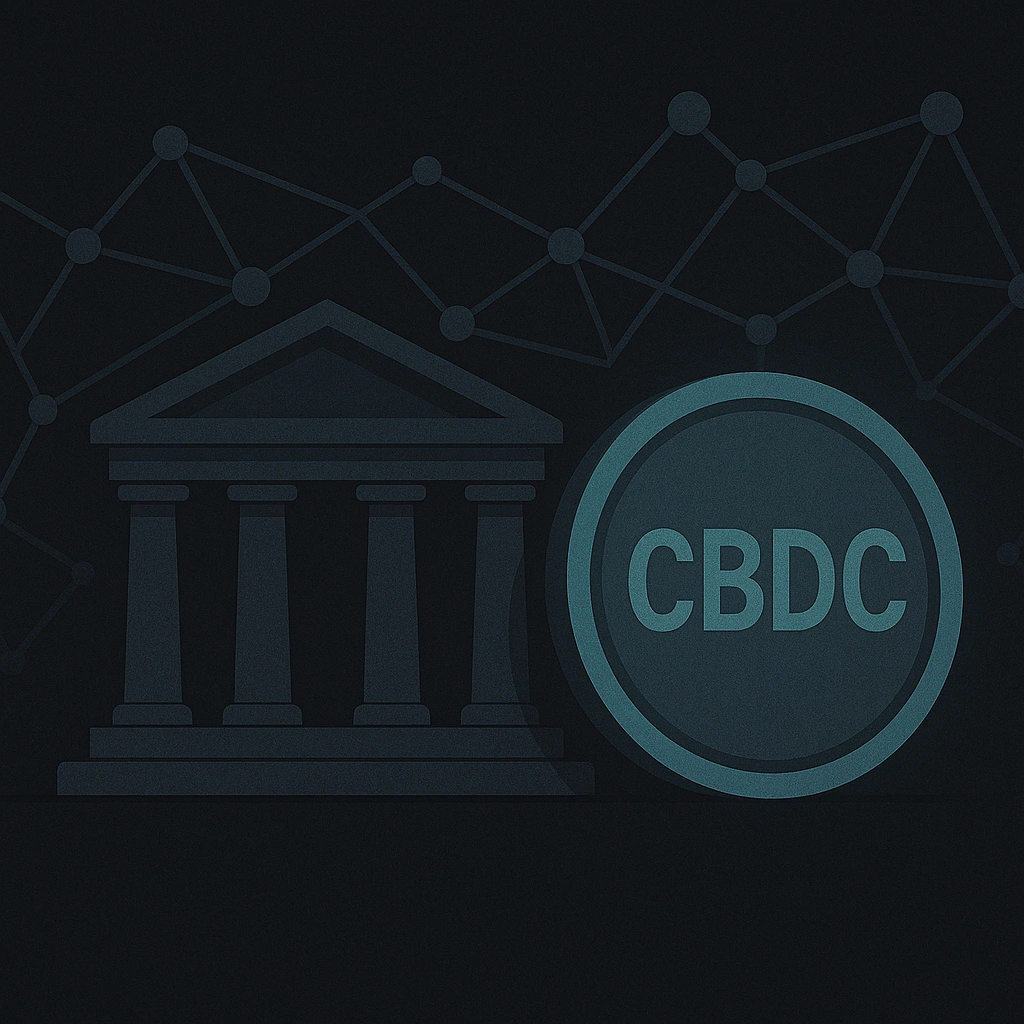Decentralized Finance (DeFi) has evolved rapidly since its early days of lending, borrowing, and AMM-based exchanges. The emergence of DeFi 2.0 marks a new phase where innovations such as restaking, liquid staking protocols, and yield aggregators are redefining how investors earn, secure, and leverage assets.

As the ecosystem matures, understanding both the opportunities and DeFi risks, including security hacks, is critical for participants and developers alike.
Key Innovations in DeFi 2.0
The latest wave of DeFi innovations 2025 focuses on efficiency, composability, and enhanced capital utilization.
1. Liquid Staking Protocols
Liquid staking allows users to stake assets while retaining liquidity through derivative tokens that represent staked assets. Benefits include:
- Increased capital efficiency: Users can stake and trade simultaneously.
- Flexibility: Access to staked assets without waiting for unbonding periods.
- Integration with DeFi applications: Enables participation in lending, borrowing, and yield farming.
Popular protocols like Lido, Rocket Pool, and Marinade illustrate how liquid staking protocols are becoming foundational to DeFi 2.0.
2. Restaking & Multichain Yield
Restaking enables assets to secure multiple protocols simultaneously, optimizing rewards without additional capital.
- Layered staking: Validators can secure base networks and derivative protocols.
- Multichain opportunities: Assets can earn yield across Ethereum, Solana, and other chains.
- Enhanced liquidity: Users benefit from cross-protocol incentives without compromising security.
3. Yield Aggregators & Smart Strategies
Yield aggregators like Yearn Finance automate asset deployment to maximize returns. Key features:
- Automated optimization: Smart contracts allocate assets to the highest-yielding strategies.
- Risk diversification: Assets spread across multiple protocols to reduce exposure.
- Gas efficiency: Aggregators consolidate multiple transactions, lowering costs for users.
DeFi Risks and Security Considerations
While DeFi 2.0 brings innovation, DeFi risks security hacks remain a major concern. Smart contract exploits, rug pulls, and oracle manipulations can result in significant losses.
Common Risks:
- Smart Contract Vulnerabilities: Bugs or logic errors in protocols.
- Oracle Manipulation: Incorrect or delayed data feeds affecting prices or collateralization.
- Liquidity Risks: Sudden withdrawals or de-pegging of stablecoins can impact leveraged positions.
- Cross-Chain Risks: Bridges and multichain protocols may introduce additional attack surfaces.
Mitigation strategies include formal audits, bug bounties, insurance protocols, and cautious capital allocation.
Impact on the DeFi Ecosystem
DeFi innovations 2025 are reshaping participation and strategy:
- Increased capital efficiency: Liquid staking and restaking enable assets to generate multiple layers of yield.
- Broader participation: Non-institutional users can access sophisticated strategies previously available only to large funds.
- Interoperability: Cross-chain protocols enable more integrated financial ecosystems.
- Enhanced composability: Modular protocols allow users to combine services, creating complex financial instruments.
These developments drive DeFi closer to mainstream adoption, attracting institutional investors while empowering retail users.
The Future of DeFi 2.0
Looking ahead, DeFi 2.0 is likely to evolve around the following trends:
- Advanced Liquid Staking: Widespread adoption across chains and integration with lending and derivatives markets.
- Risk-Adjusted Yield Strategies: Tools that balance high returns with robust security mechanisms.
- Decentralized Insurance & Coverage: Comprehensive coverage against smart contract failures and hacks.
- Cross-Protocol Automation: AI-driven yield management that autonomously adapts to market conditions.
By 2025, these innovations may redefine digital asset finance, merging traditional concepts of banking with decentralized, permissionless systems.
Final Thoughts
DeFi 2.0 represents a transformative phase in decentralized finance. Innovations like liquid staking protocols, restaking, and yield aggregators create new opportunities for users to optimize capital while retaining control over assets.
However, as DeFi risks, including security hacks, remain prevalent, careful protocol selection, auditing, and risk management are essential. For investors and developers, understanding both the innovations and vulnerabilities of DeFi 2.0 is key to navigating this rapidly evolving ecosystem.




